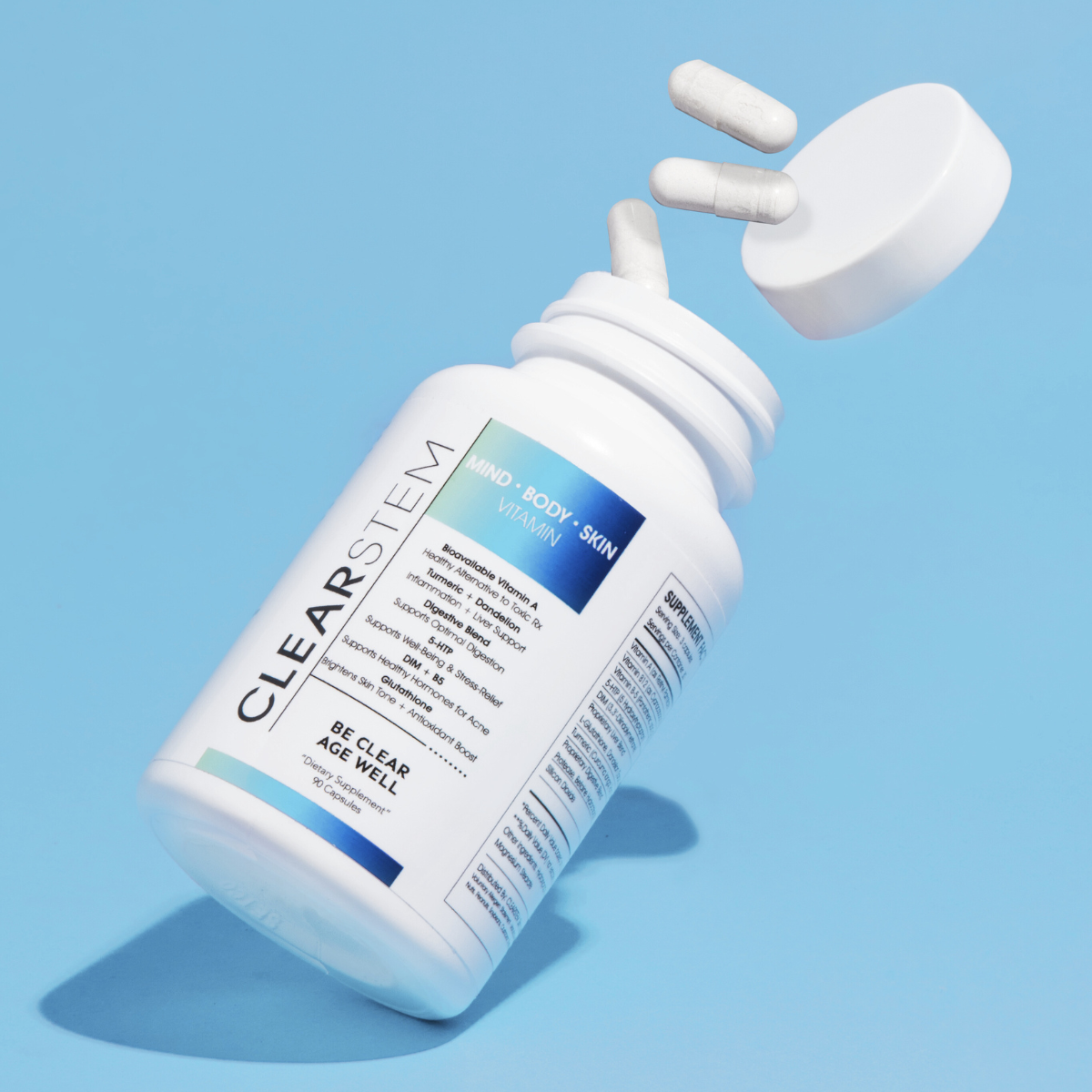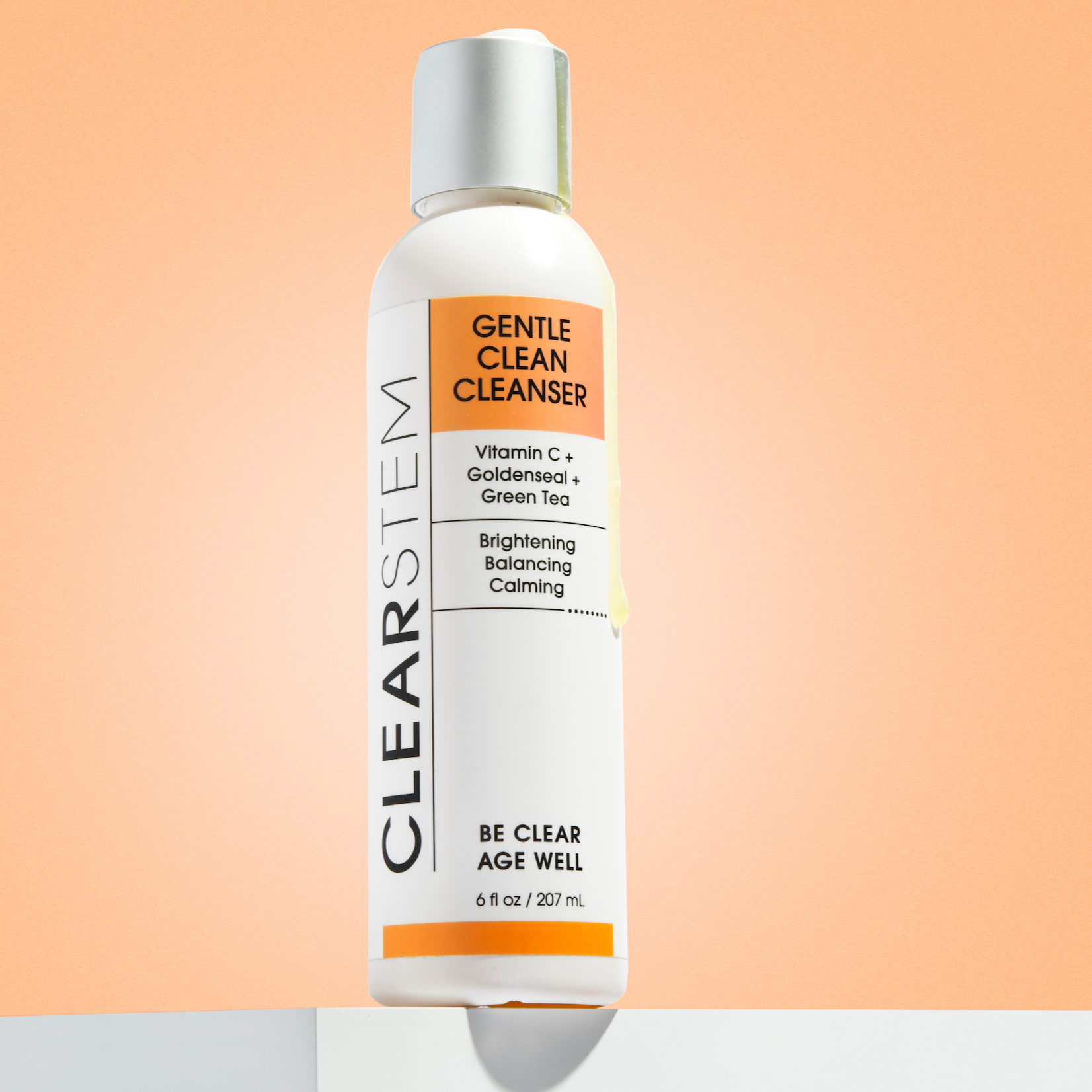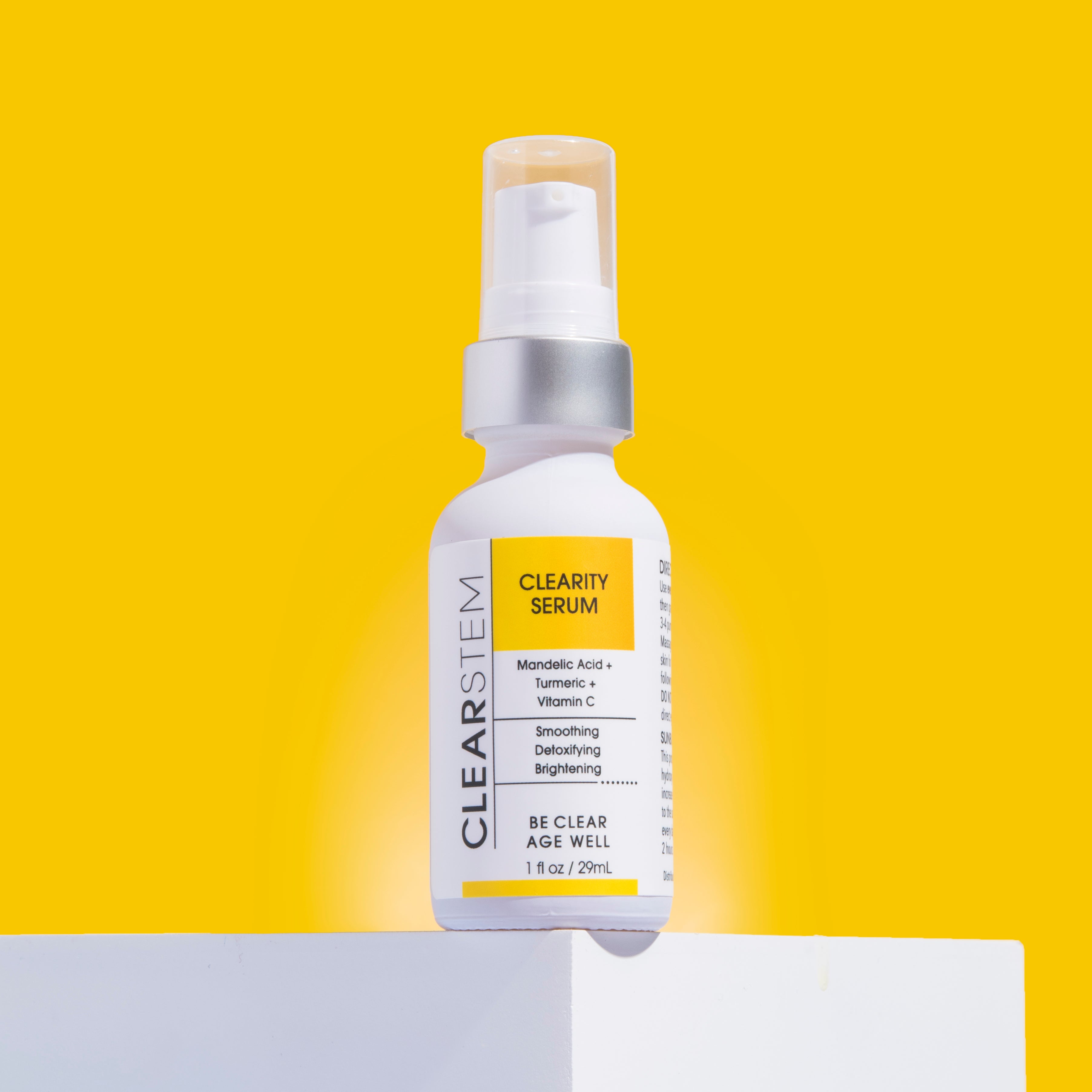Nobody wants to deal with acne. Not only does this near-universal skin condition cause inconvenient and sometimes painful pimples, papules, and pustules, but it can also cause skin discoloration long after the acne clears up.
These lingering effects can be separated into two categories: post-inflammatory erythema (PIE) and post-inflammatory hyperpigmentation (PIH).
Both are similar in origin but differ in their treatment options and resolution timelines. Keep reading to understand the PIE vs. PIH distinction and learn more about what to do to prevent and treat post-inflammatory skin discoloration.
What is PIE?
Post-inflammatory erythema (PIE) is an after-effect of acne and other inflammatory skin conditions most common in patients with a lighter skin tone. PIE can appear as pink, red, or purple patches in the location of an acne lesion that persists after the acne inflammation has gone down. PIE is most commonly associated with large acne cysts and nodules but can result from any inflamed pimple.
Defining Erythema
Erythema is defined as redness of the skin caused by dilation of blood vessels. Erythema is not limited to the post-inflammatory variety and often is a result of autoimmune disease or other conditions like rosacea.
What Causes PIE?
When an acne lesion grows large enough to interrupt blood flow or damage small subcutaneous blood vessels, the result is visible red or pink acne marks on the skin coextensive with the pimple or cyst. Even when the inflammation has resolved, a flat patch of discoloration may remain—the PIE many of us are familiar with.
How Can I Prevent or Treat PIE?
The best way to prevent post inflammatory erythema, apart from preventing acne in the first place, is prompt treatment of breakouts. The faster a pimple or cyst is taken care of, the less likely you are to develop lasting redness or acne scarring.
Picking or popping pimples is another contributing factor to PIE. The damage caused by pimple-popping can further damage blood vessels and lead to erythema.
Luckily, PIE often resolves on its own after a while, meaning one of the most important factors in treating it is time. However, certain topical treatments and skincare products, like those containing vitamin C, can speed up the process.
What is PIH?
Post-inflammatory hyperpigmentation (PIH) refers to the dark spots that occur after skin inflammation, such as an acne breakout. This post-inflammatory reaction is more common in those with darker skin types as compared to PIE.
What Causes PIH?
PIH results from inflammation triggering melanin production by specialized cells called melanocytes in the skin. Any sort of inflammation or physical damage can cause PIH, but acne is among the most common. Much like PIE, the more inflammatory the acne breakout, the more likely PIH becomes. This means cystic acne has more hyperpigmentation potential than mild comedonal acne.
How Can I Prevent or Treat PIH?
Much like with PIE, avoiding picking at pimples and treating acne breakouts quickly are important steps to preventing PIH from developing in the first place. However, the involvement of melanin in PIH makes one factor much more important in the case of PIH than PIE: sun exposure.
Wearing sunscreen can prevent hyperpigmentation spots from becoming darker. Something with a high (50+) SPF, like a sheer broad-spectrum sunscreen will be your best bet for preventing hyperpigmentation and treating melasma, another common skin condition that causes hyperpigmentation.
Key Differences Between PIE and PIH
The main factor in the development of PIH vs. PIE is skin complexion. Human skin tones are categorized by dermatologists according to the Fitzpatrick scale. Fitzpatrick skin types I and II, being the lightest, are more likely to develop the redness associated with PIE, while III to V, the darkest and, therefore, highest in melanin, are more likely to experience hyperpigmentation after the resolution of inflammatory acne.
Treatment for these two conditions differs slightly as well. PIH responds well to topical treatments like retinoids, while these ingredients can irritate PIE patients and increase redness. On the other hand, PIE responds well to the antioxidant properties of ingredients like vitamin C, which has less evidence of effectiveness toward PIH.
How to Prevent PIE/PIH with CLEARSTEM
The best way to prevent post inflammatory redness and hyperpigmentation is to stop inflammation before it starts. For those with acne-prone skin, a well-balanced skincare and nutritional routine can do wonders in keeping inflamed skin at bay.
Our hormonal acne supplement from CLEARSTEM provides a balanced formula of vitamins and natural ingredients to optimize your hormonal profile and minimize breakouts and acne scarring.
To treat acne breakouts gently and avoid developing PIH or PIE, use a gentle facial exfoliator. It’ll target the acne without damaging the surrounding skin and causing irritation.
CLEARSTEM Options for Existing PIE/PIH
Both PIE and PIH are forms of post-pigmentation that result from the inflammation often caused by acne. The difference between PIE vs. PIH comes down to how it affects different skin tones. PIE tends to affect those with a lighter skin tone, and PIH tends to affect those with a darker skin tone. The best way to avoid either one is to prevent acne and inflammation from starting.
While an ounce of prevention is usually worth a pound of cure, our treatments for dark spots and acne scars at CLEARSTEM are second to none. These products contain powerful and proven ingredients like retinoids, vitamin C, and stem cells that are clinically demonstrated to reduce the appearance of different types of hyperpigmentation.
Explore our entire collection of clean, toxin-free skincare.
Sources:
National Library of Medicine. Erythema. https://www.ncbi.nlm.nih.gov/medgen/11999
The Journal of Clinical and Aesthetic Dermatology. Easy as PIE (Postinflammatory Erythema). https://www.ncbi.nlm.nih.gov/pmc/articles/PMC3780804/
Canadian Dermatology Association. Postinflammatory Hyperpigmentation. https://journals.sagepub.com/doi/abs/10.2310/7750.2009.08077
National Library of Medicine. Postinflammatory Hyperpigmentation.https://www.ncbi.nlm.nih.gov/books/NBK559150/










